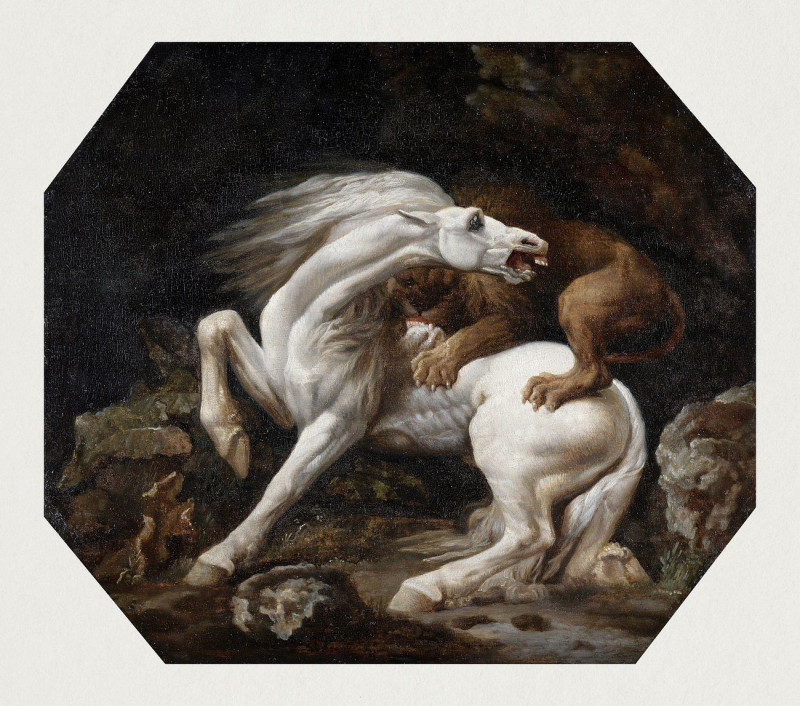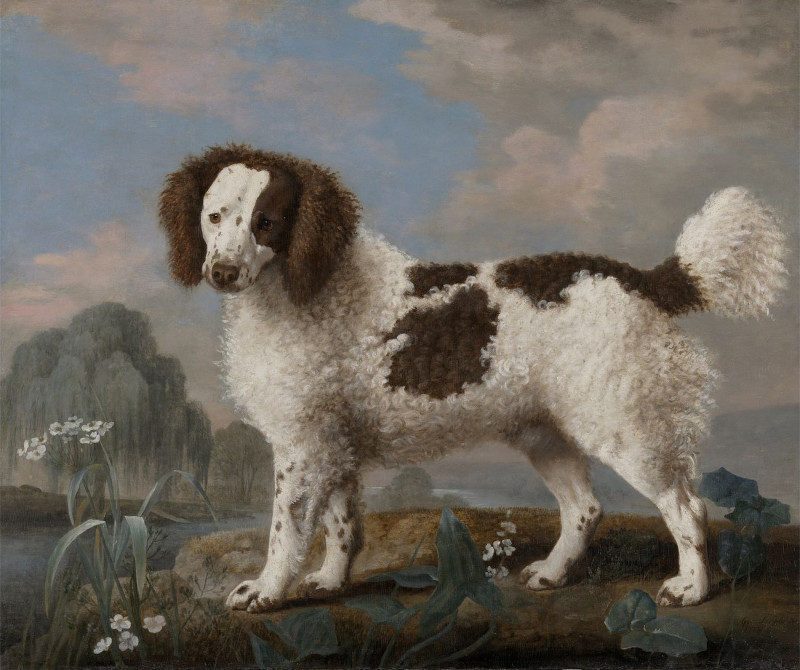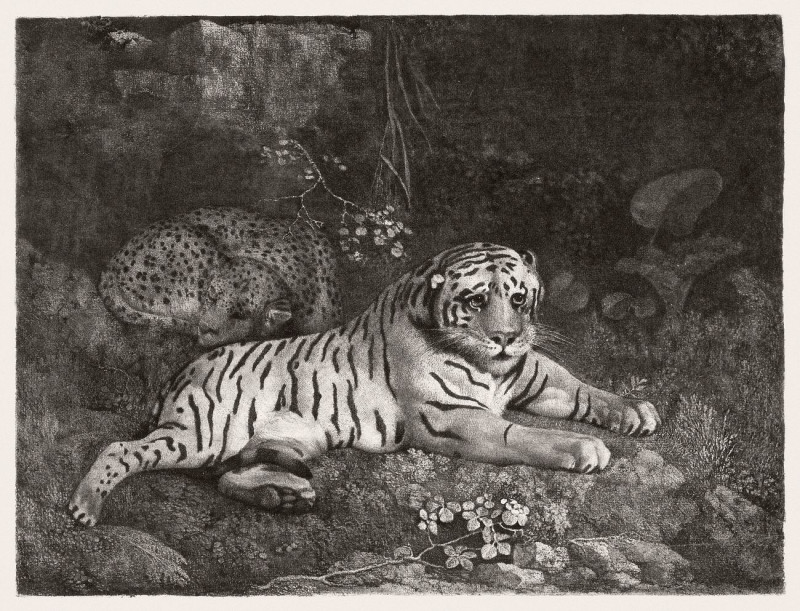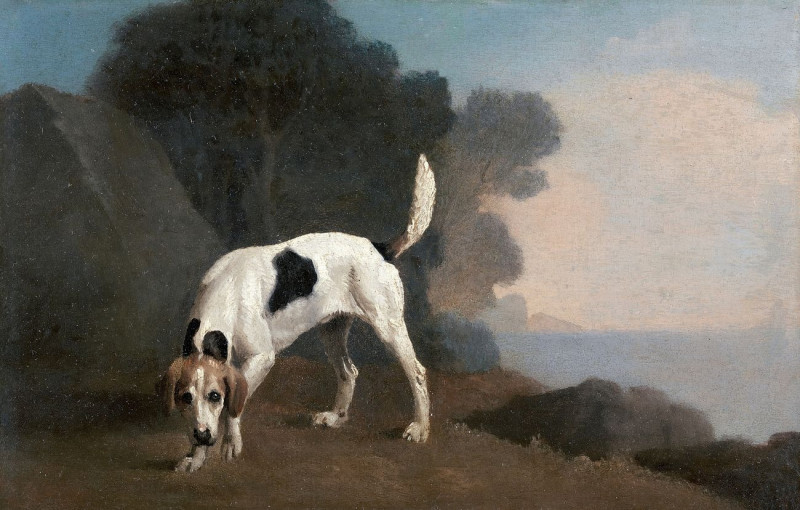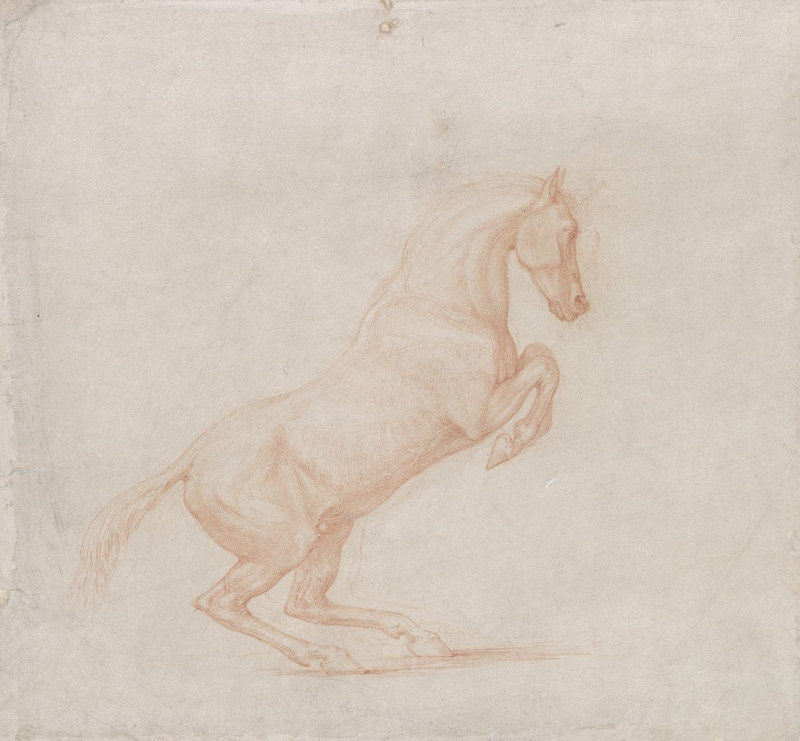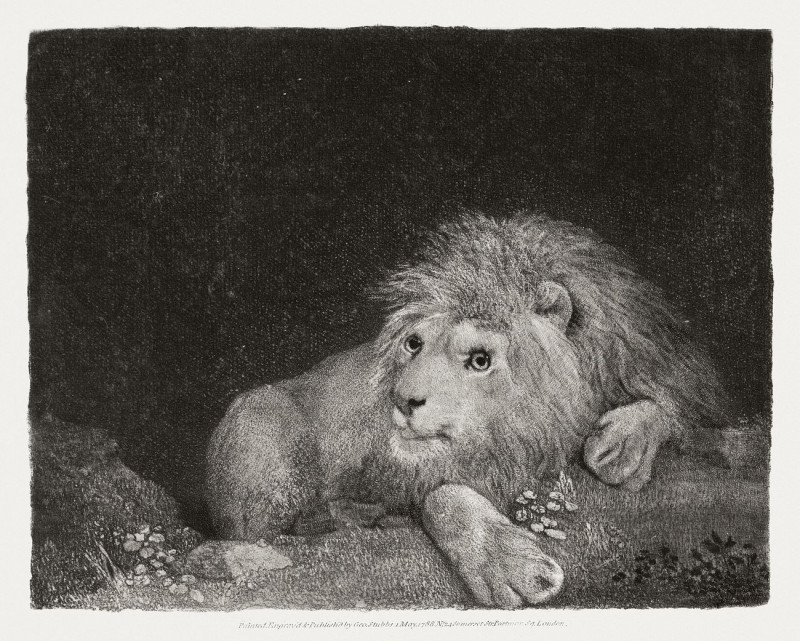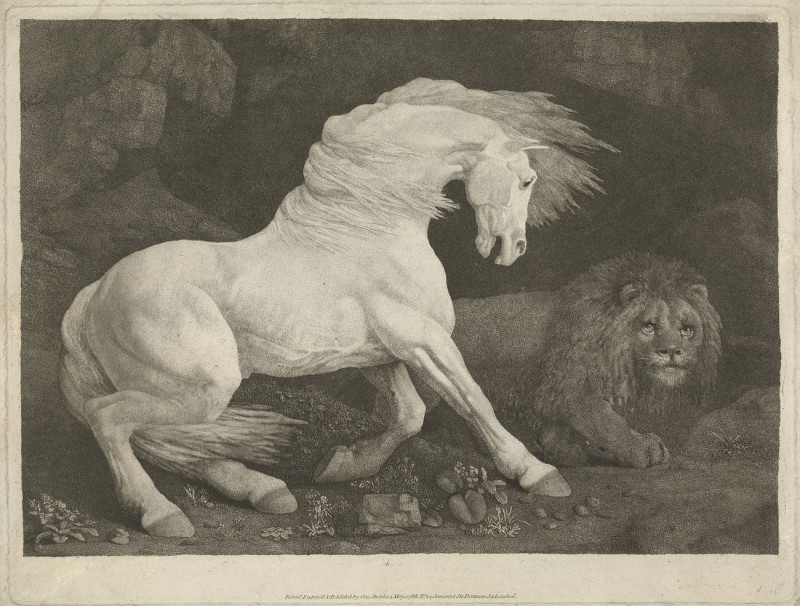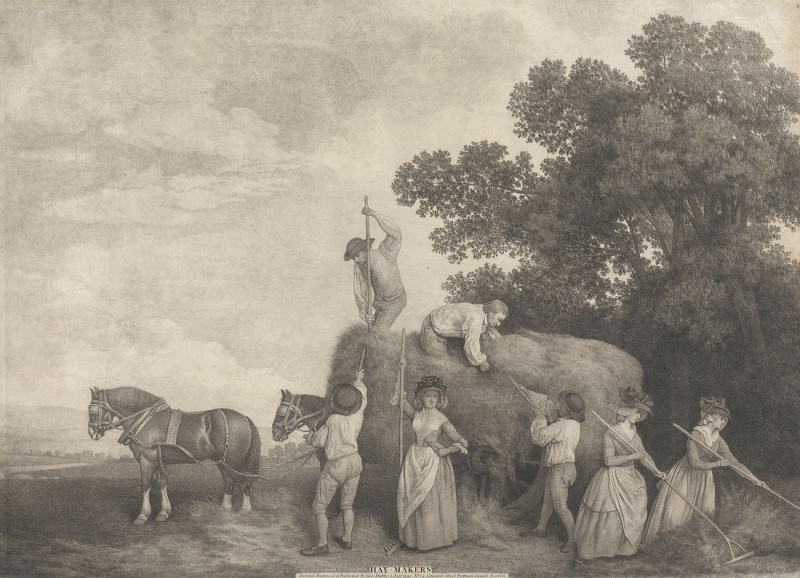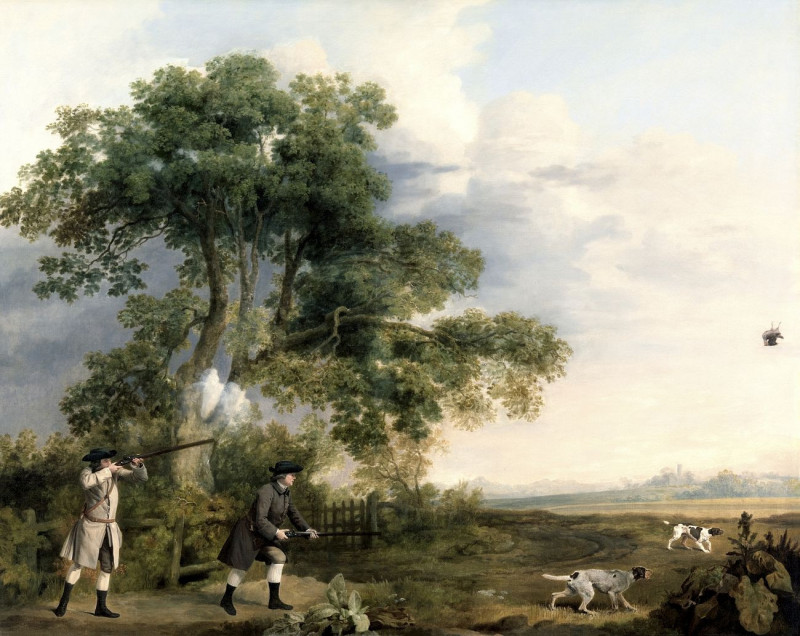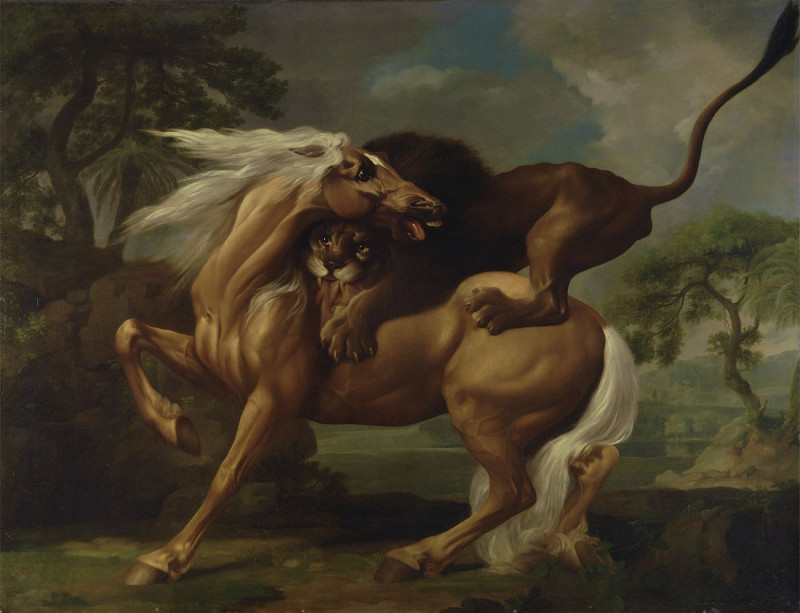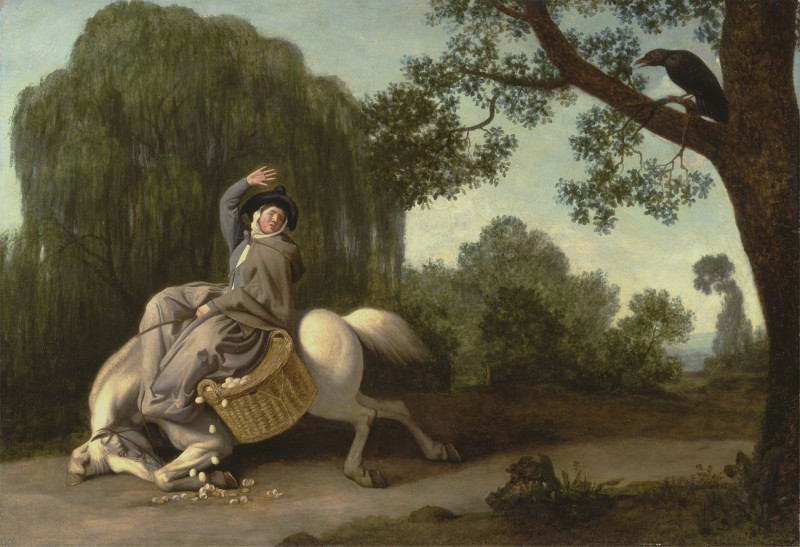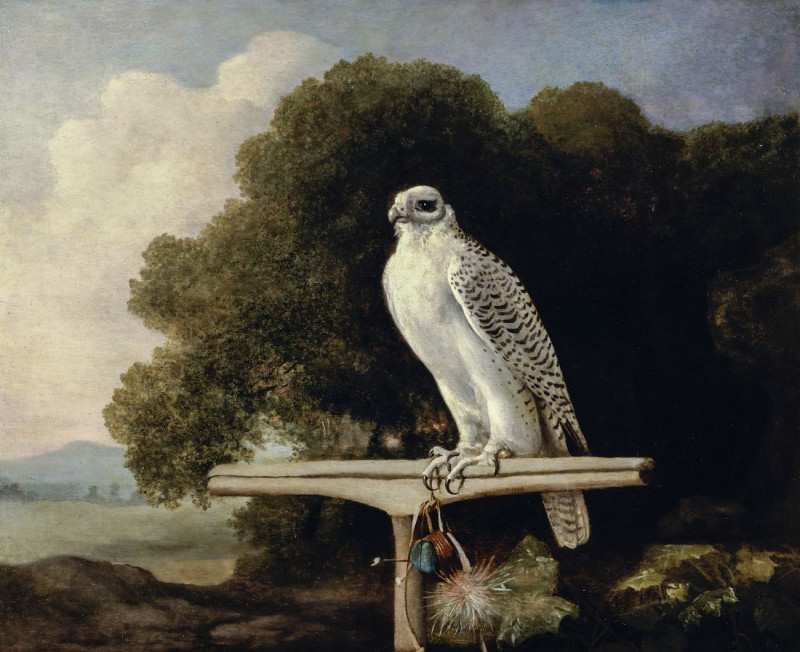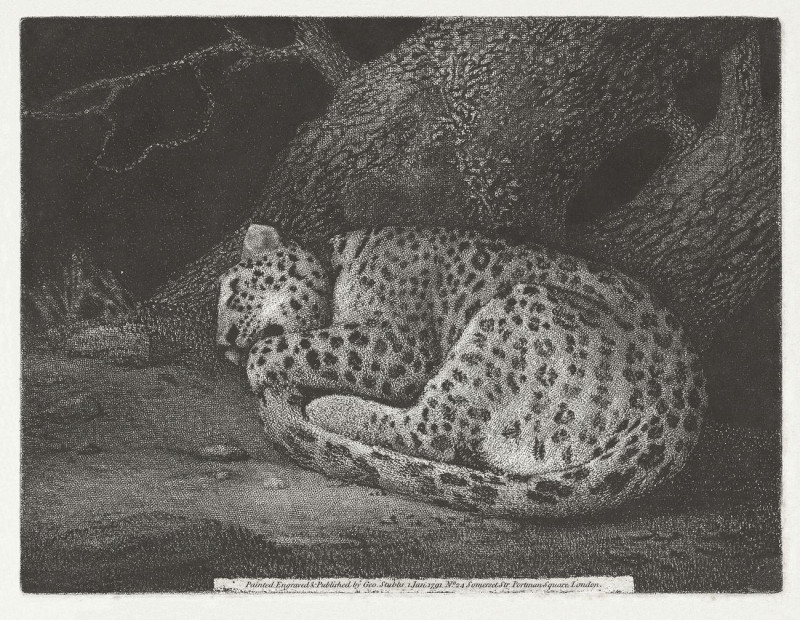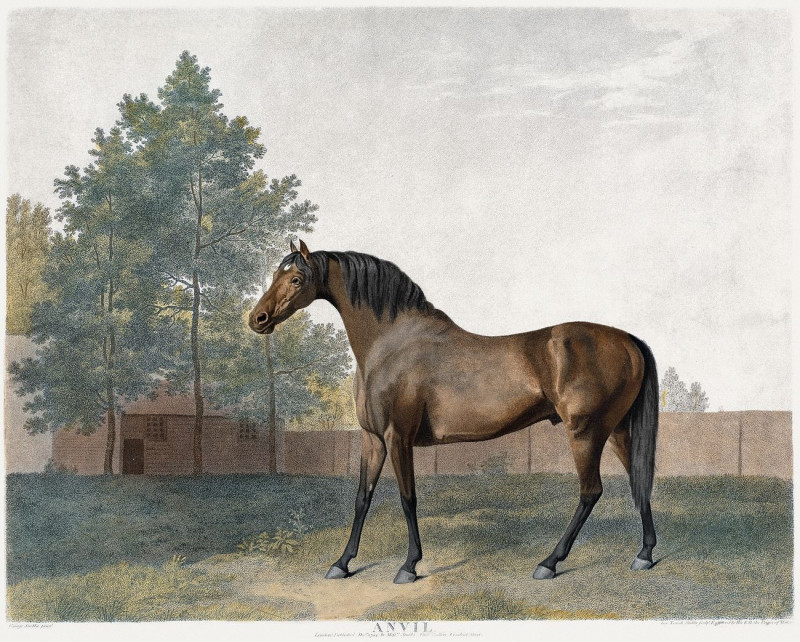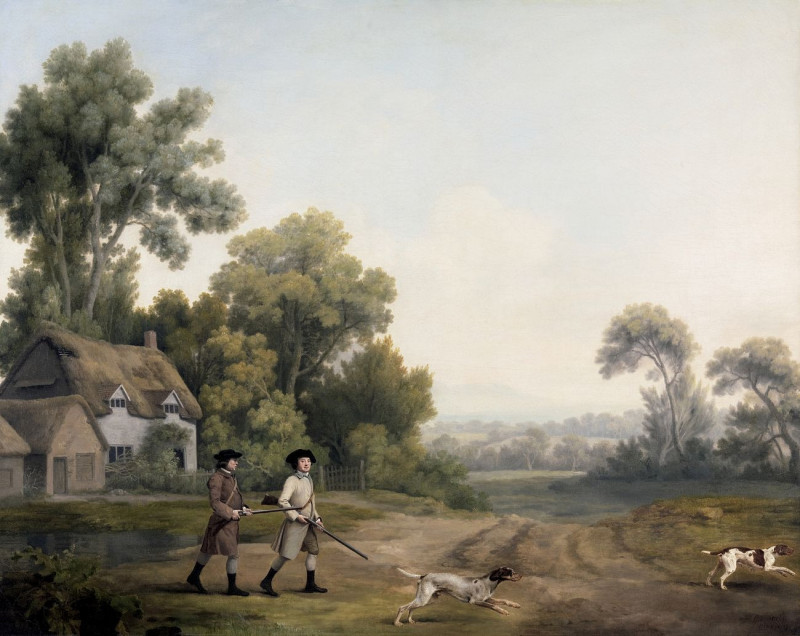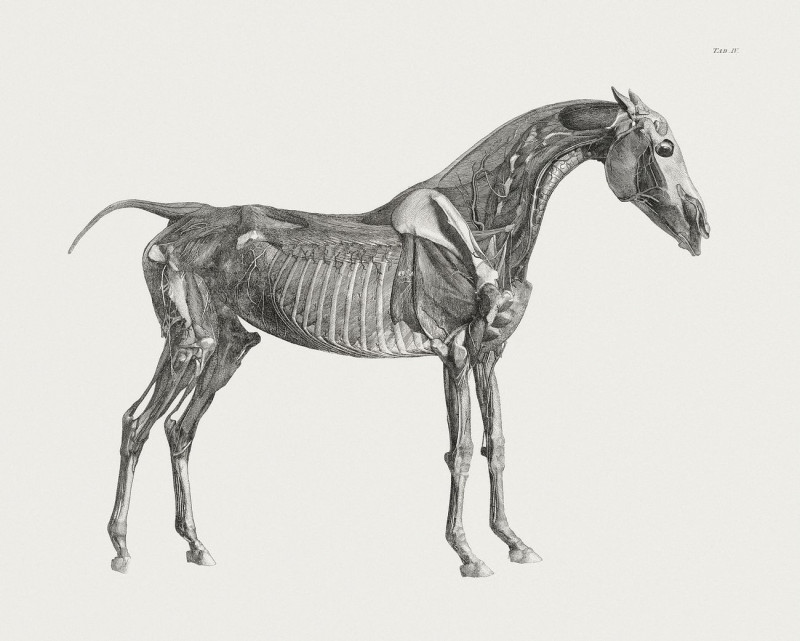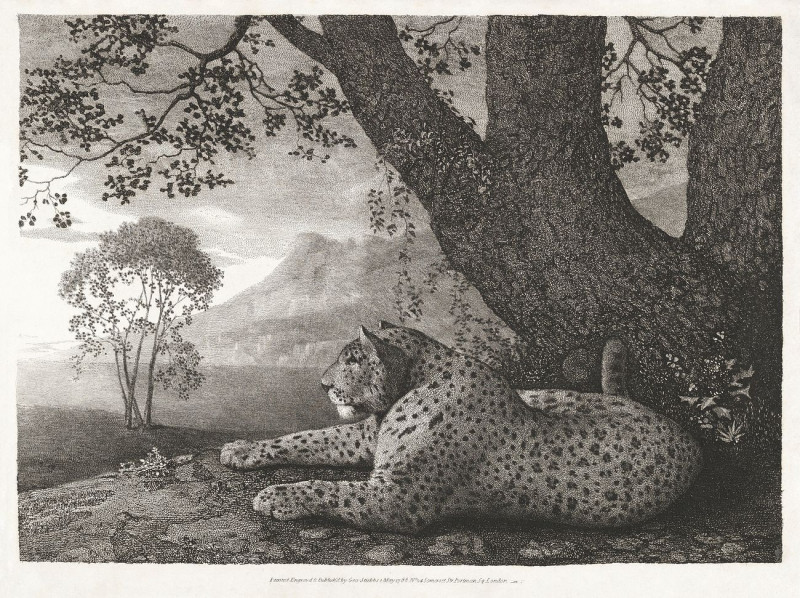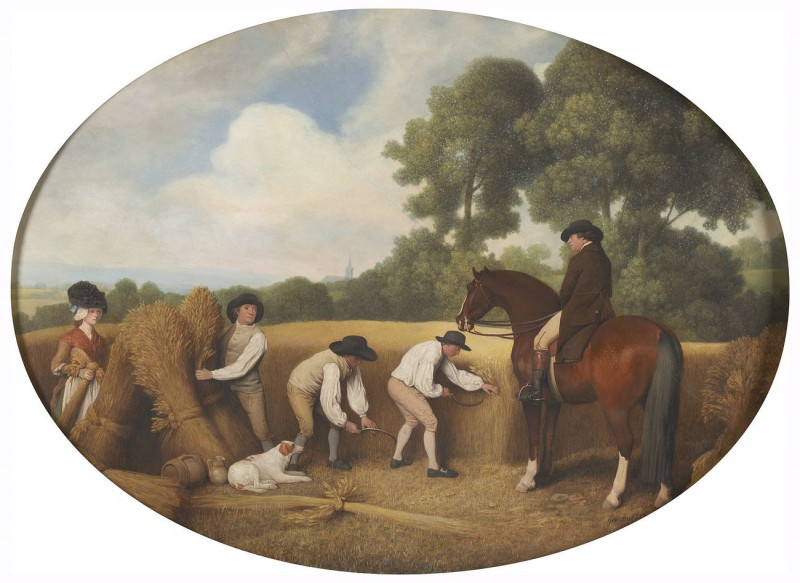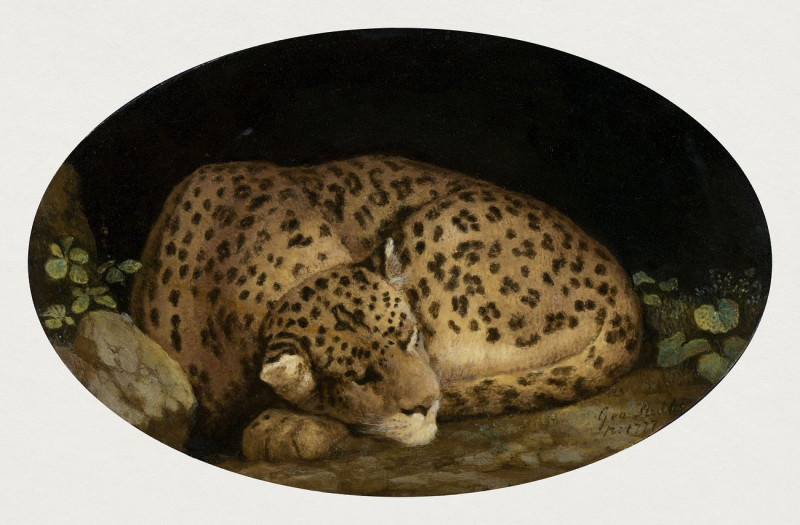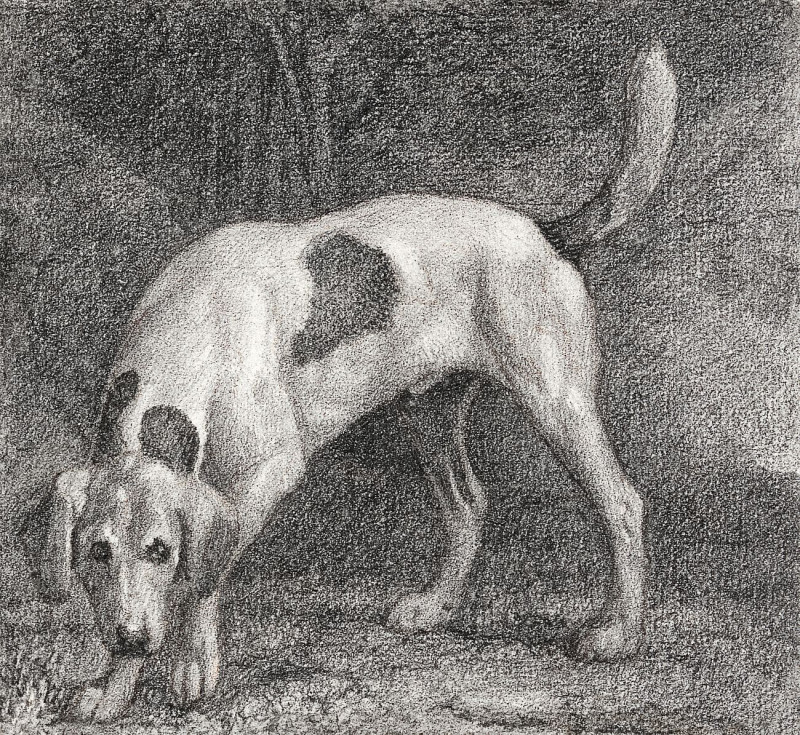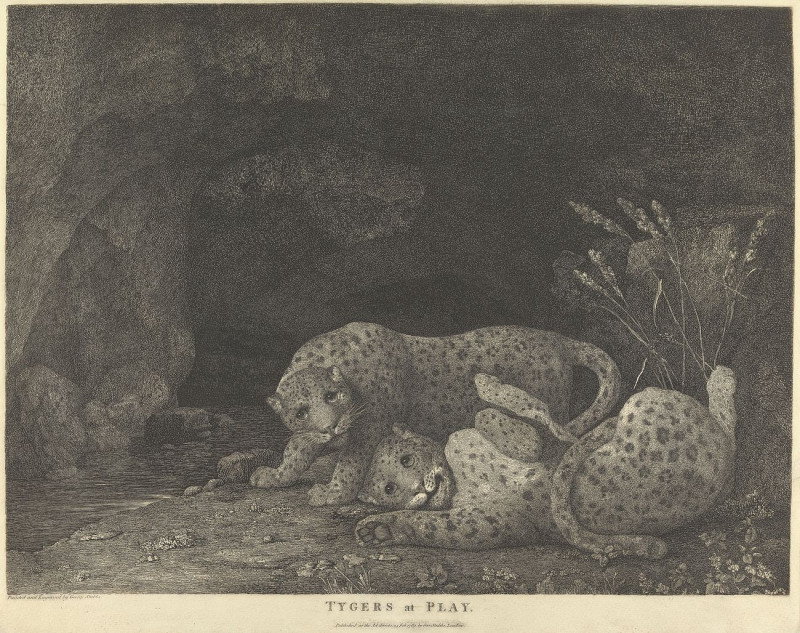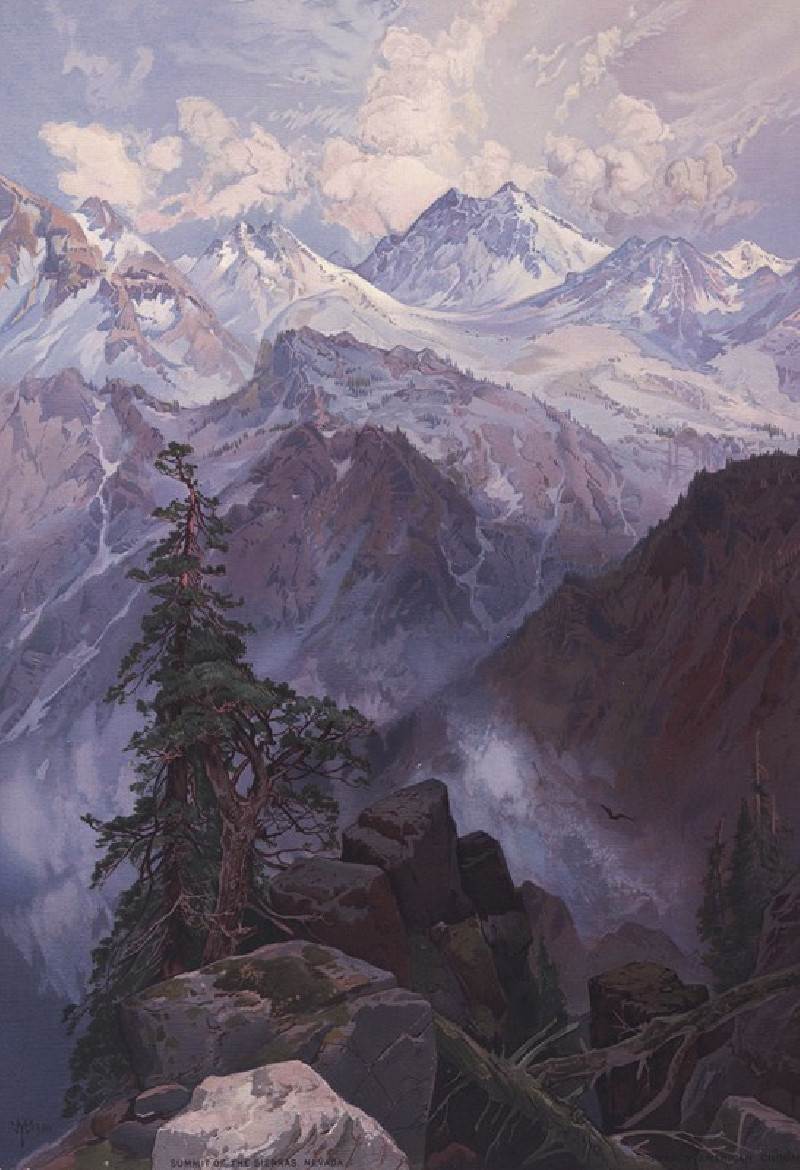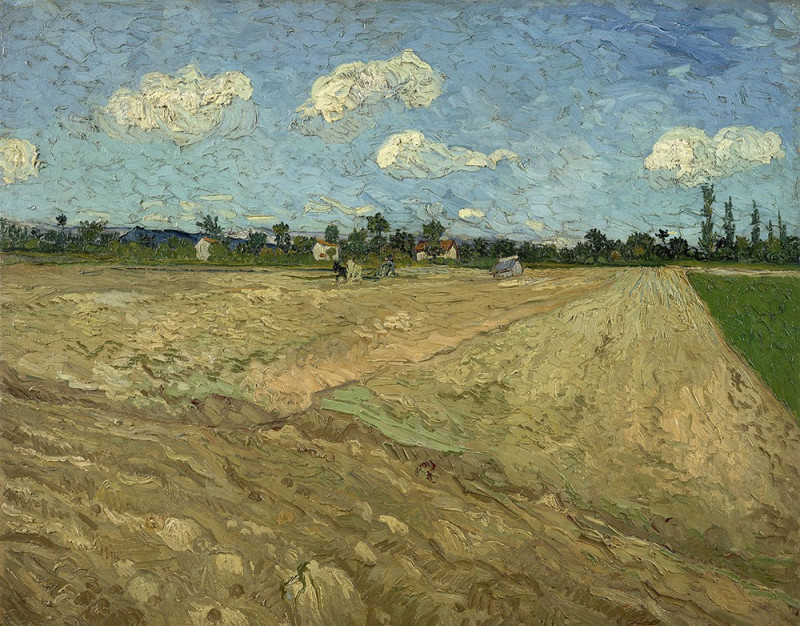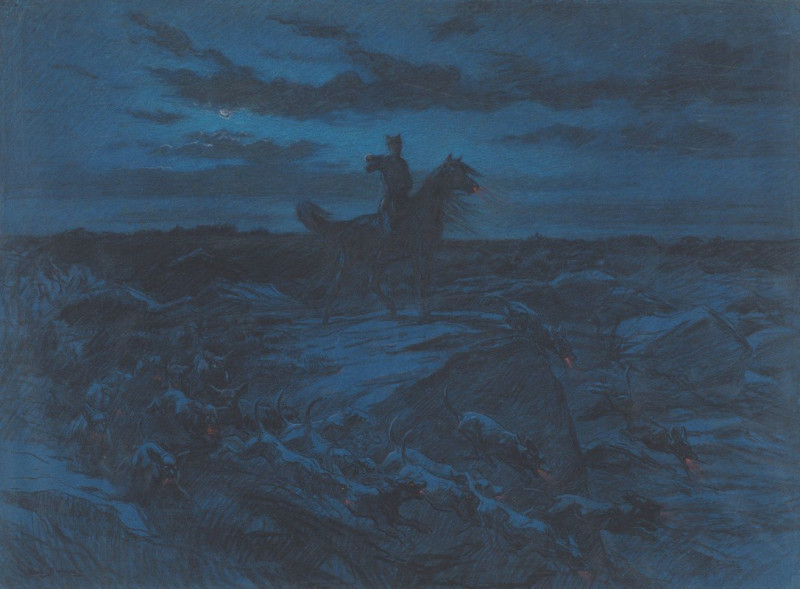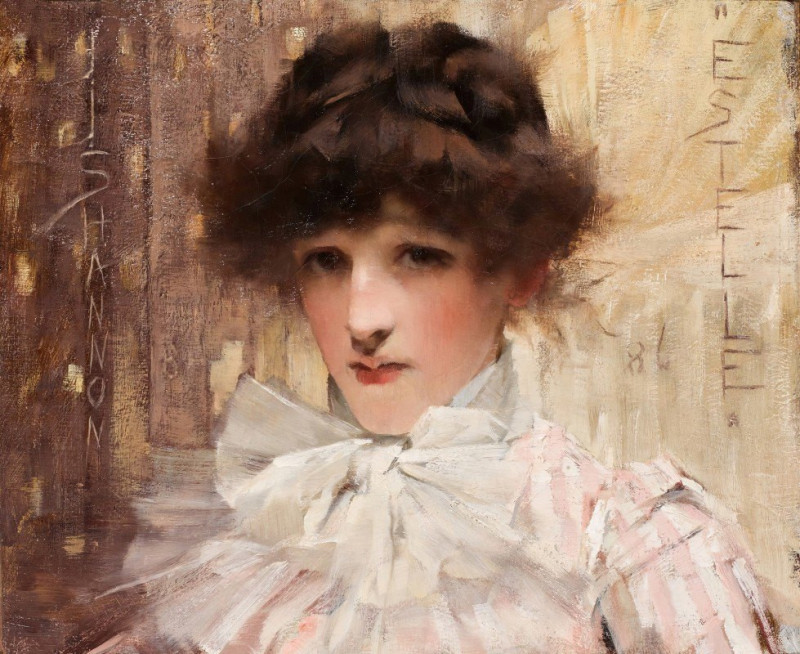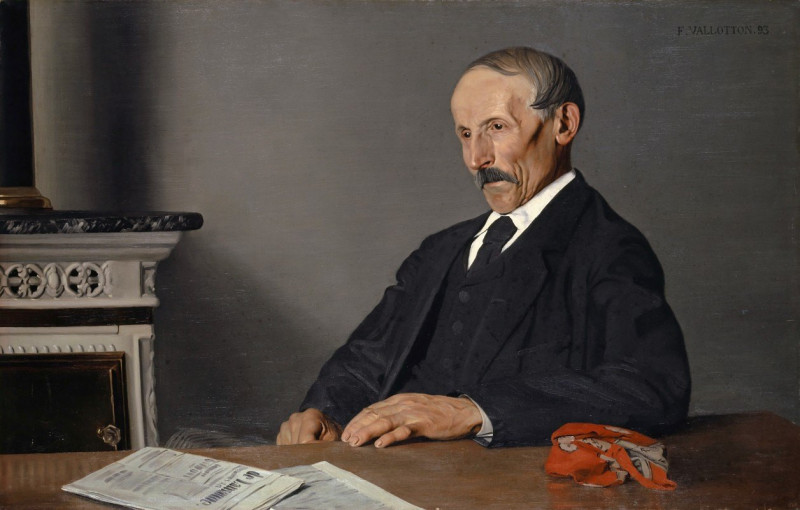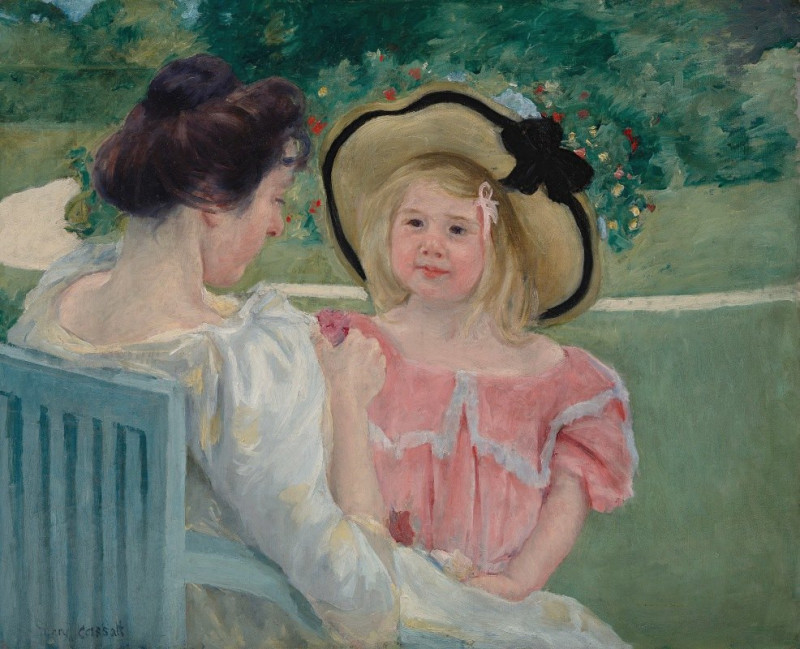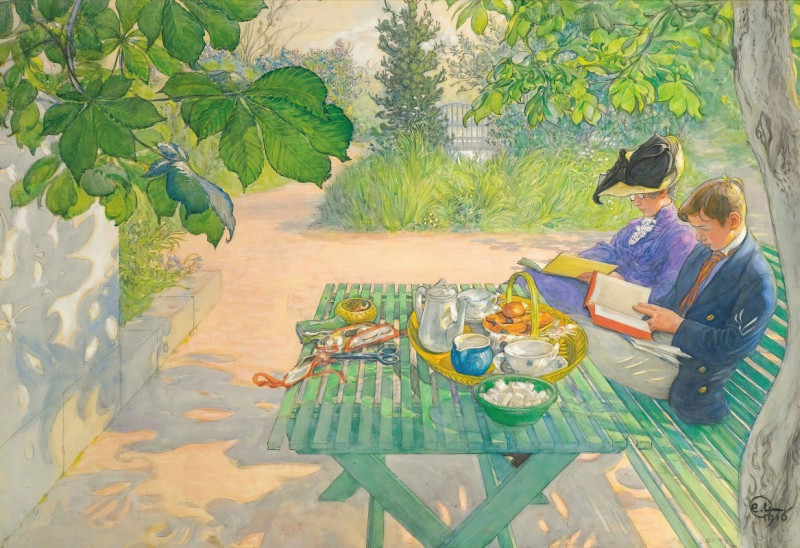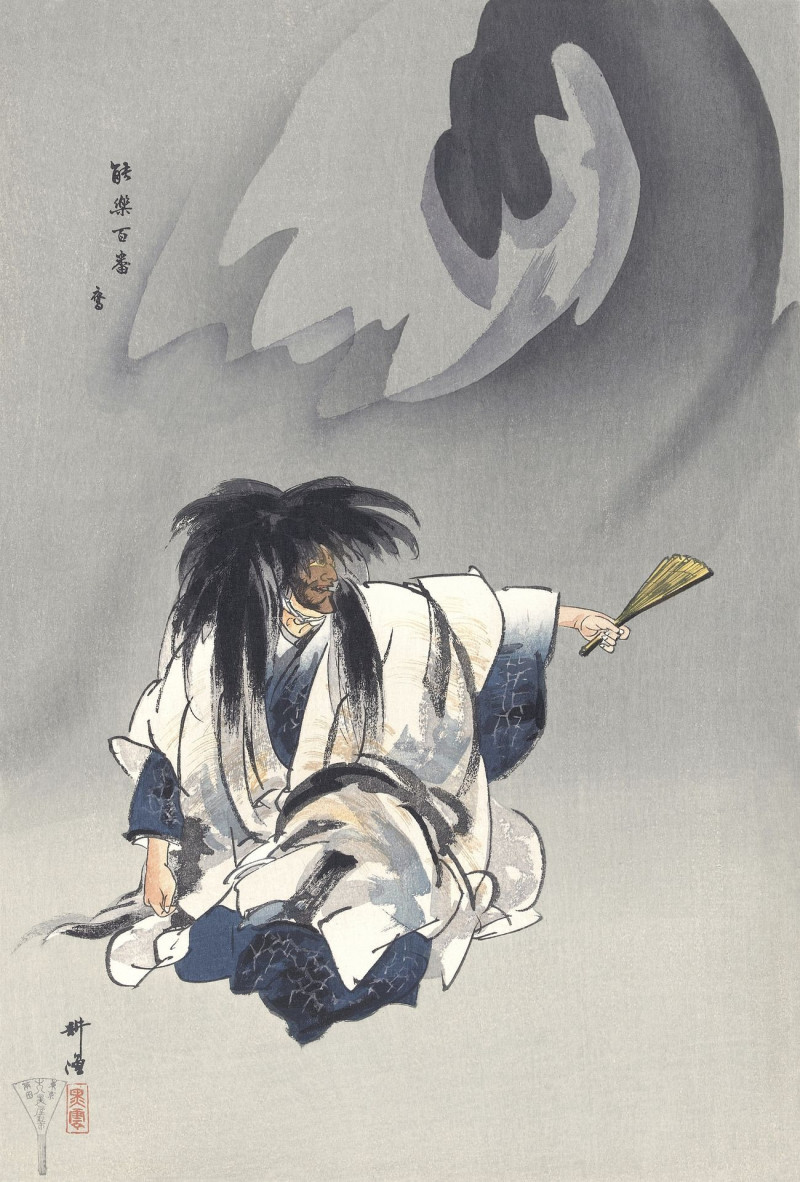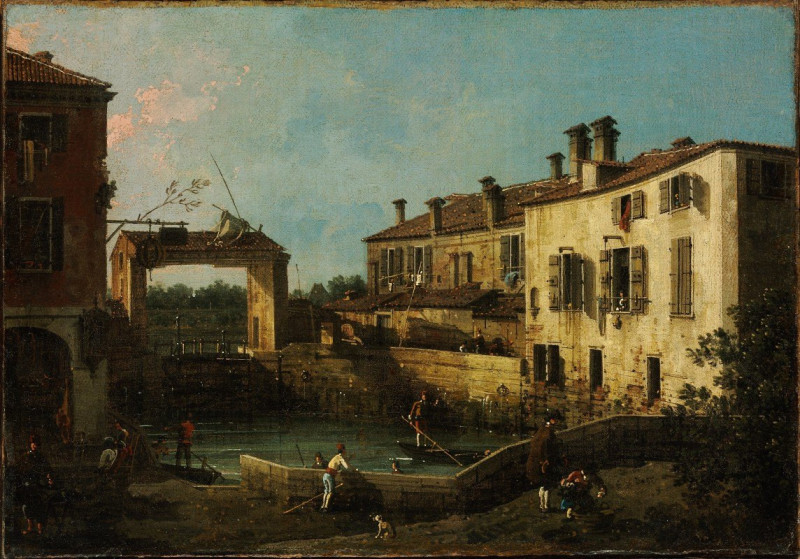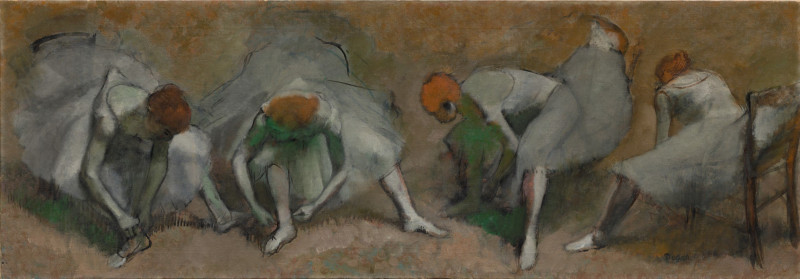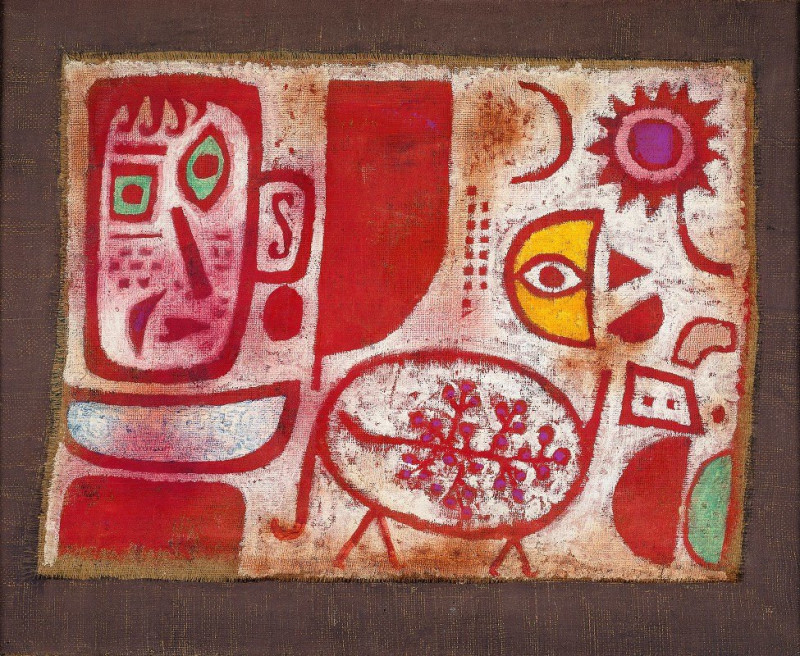Horse Attacked
Technique: Giclée quality print
Recommended by our customers
More about this artwork
The painting "Horse Attacked" by George Stubbs vividly depicts a dramatic and tense moment in which a white horse is being attacked by a lion. The intensity of the scene is captured through the dynamic poses of the animals and the expression of raw emotion. The horse, with its sleek, pale coat, rears back in fear and defense, its mouth agape and eyes wide with fright. The lion, embodying raw power, clings onto the horse's back, its muscles taut and mouth open as it bites into the horse.Stubbs, known for his detailed and lifelike animal representations, showcases his mastery in anatomy and movement in this evocative composition. The background is murky and dark, focusing all attention on the struggle between the two creatures, enhancing the dramatic impact of the encounter. The setting appears rugged and untamed, which complements the wildness of the depicted interaction.This painting not only portrays a moment of survival and primal conflict but also invites viewers to consider themes of nature's cruelty and the fragility of life. Stubbs's work often explores the relationship between humans and animals, and in this case, the depiction might also reflect on the broader aspects of natural power and violence. The choice of a stark, octagonal framing further intensifies the scene, as if viewing this fierce battle through a narrowed lens, unable to look away from the confrontation.
Delivery
Returns
George Stubbs (25 August 1724 – 10 July 1806) was an English painter, best known for his paintings of horses. Self-trained, Stubbs learnt his skills independently from other great artists of the 18th century such as Reynolds and Gainsborough. Stubbs' output includes history paintings, but his greatest skill was in painting animals, perhaps influenced by his love and study of anatomy. His series of paintings on the theme of a lion attacking a horse are early and significant examples of the Romantic movement that emerged in the late 18th century. He enjoyed royal patronage. His painting, Whistlejacket hangs in the National Gallery, London.

